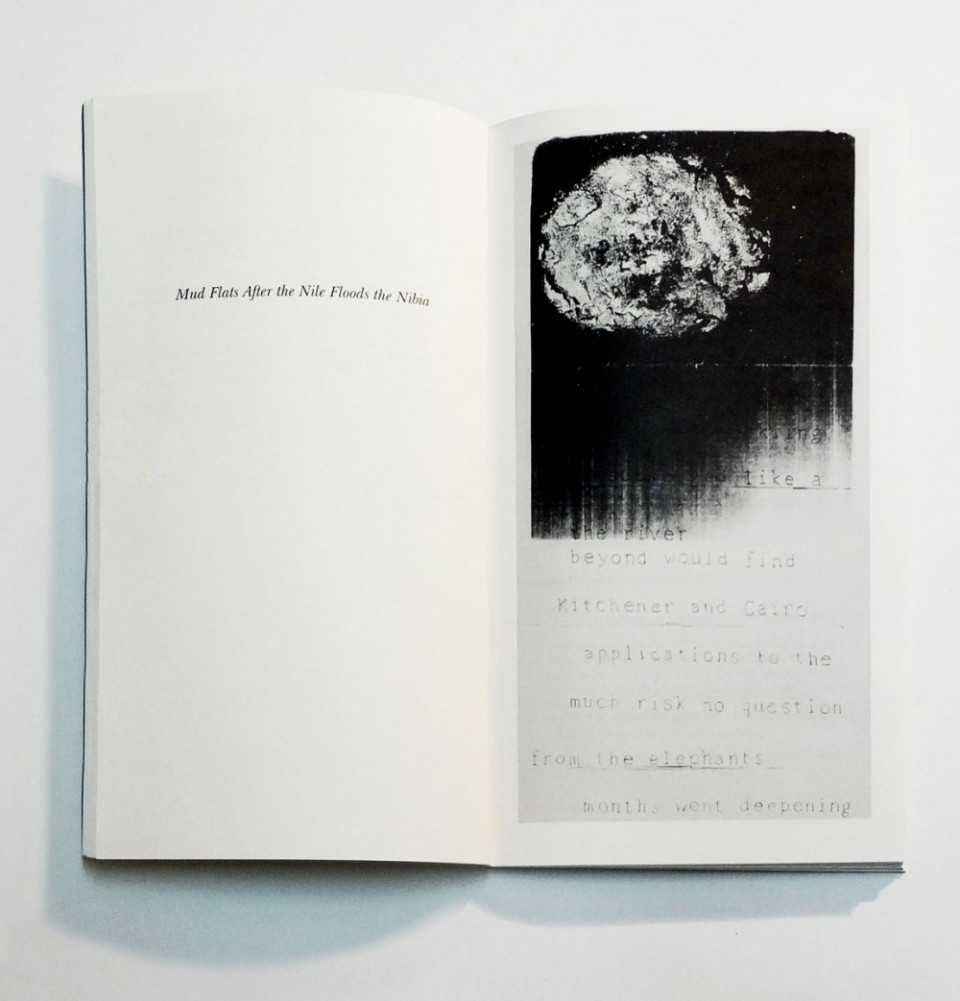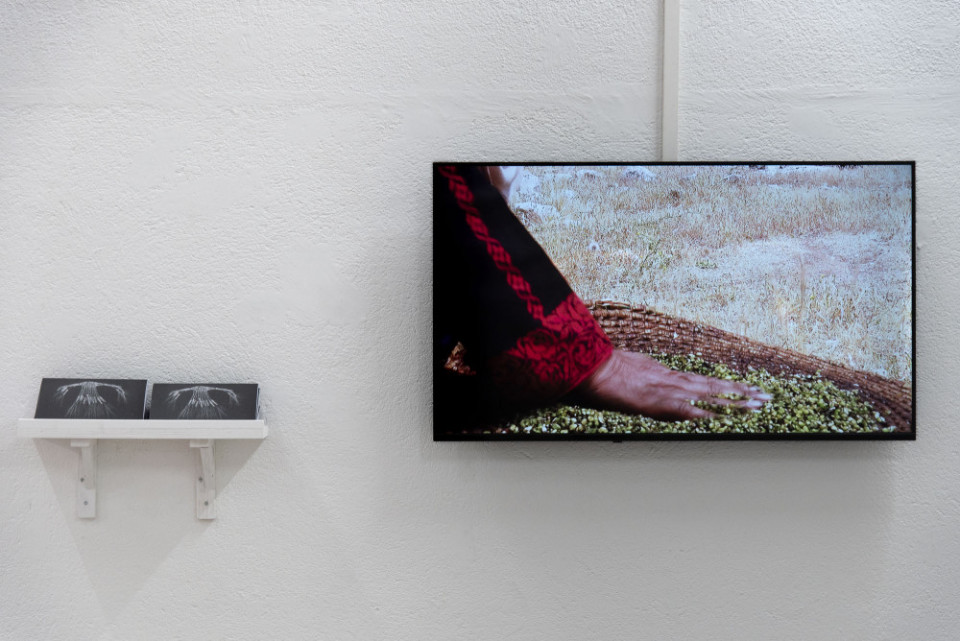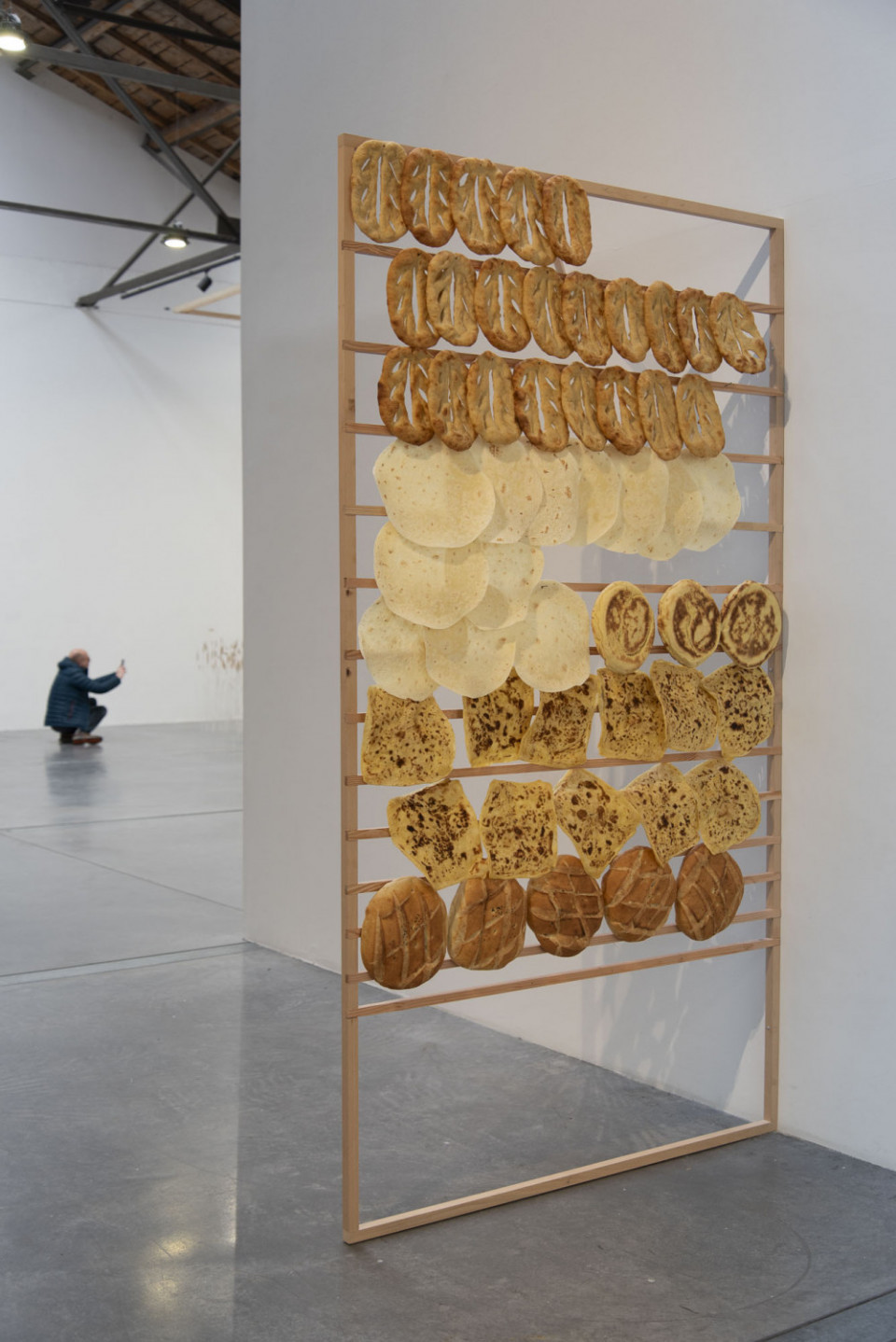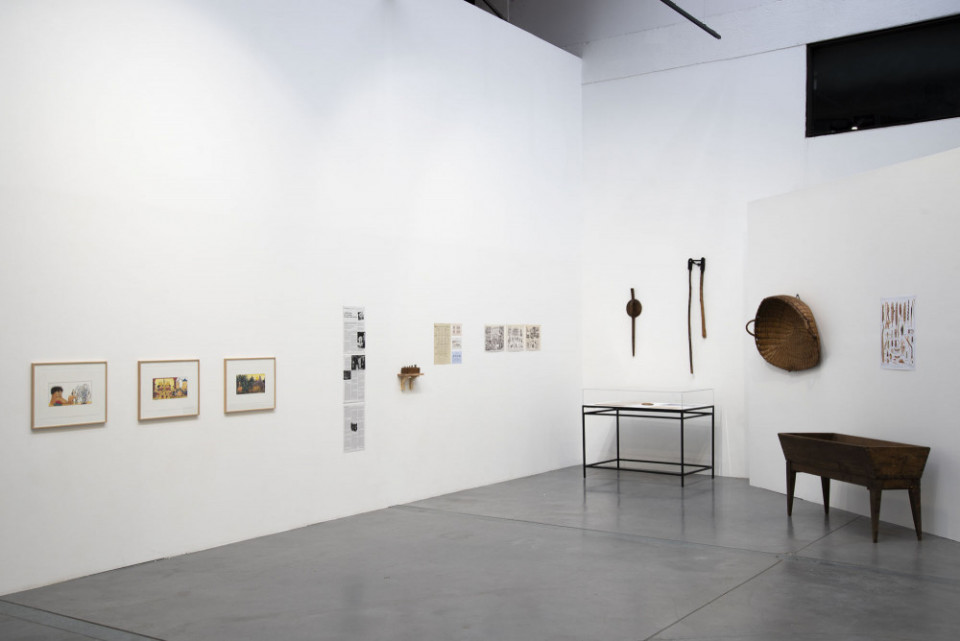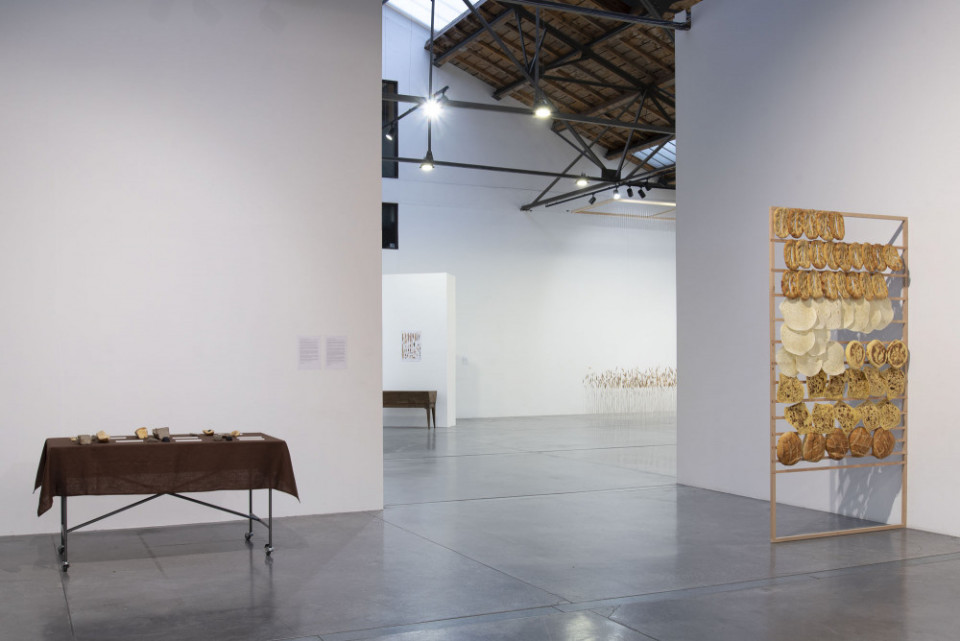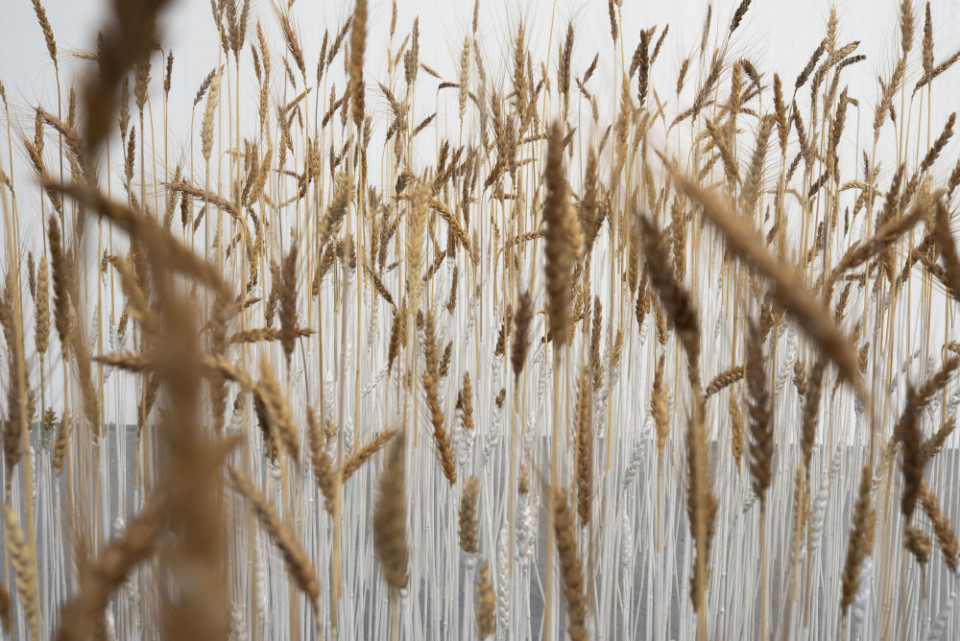Cum panis: Bread and its Ecologies
Exposition
A group exhibition bringing together international artistic practices about bread, its ecologies and its social, political, economic, cultural and aesthetic effects.
With pieces of Amanny Ahmad, Broudou Magazine, Grace Gloria Denis, Ymane Fakhir, Sameer Farooq, Anna Bella Geiger, Alison Knowles, Valeria Mata, Gordon Matta-Clark, Julia Morlot, Claude Ponti, Lúcia Prancha, Marie Preston, Lexie Smith et Louise Johansson Waite.
With objects from the collection of Grenoble Museum and Besançon Museum of Resistance and Déportation.
Co-curators : Grace Gloria Denis et Adeline Lépine
I still feel like
the world
is a piece
of bread
I’m holding
out half
to you.
At a “Waterfall, Reykjavik” by Eileen Myles in School of Fish, published by Black Sparrow Press, 1997
The starting point for this exhibition is the landscape and a hill in Montbéliard where the park known as “des miches”; is located. If we go back over the history of this place name, we find the name “parc de la miche de pain” (loaf of bread park) in the archives, because of the shape of the hill, a mound of earth surrounded by small rounded mounds, which perhaps explains the appearance of the plural a little later. In reverse, Alison Knowles' book Bread and Water, from which the exhibition visual is taken, begins with loaves of bread baked by the artist.
Their crust, shape and roughness remind her of landscapes. Using a principle of poetic juxtaposition, she combines the image of bread with that of these natural environments in a visual collection accompanied by texts.
Associating art and food is a way of perceiving, absorbing and being in the world. The table is as much a place for sharing, for consensus, as it is for expressing tensions and antagonisms. The table is also a space of resistance and companionship.
Inspired by the etymology of the latter term, derived from companion and the Latin cum panis [1], “with bread”, the exhibition aims to explore the relationship between art and bread, and the importance of this foodstuff in social, political, economic and geographical constructions. Bread is seen here as revealing narratives (personal or collective) and as a lever for generating common ground that encourages the emergence of forms of collective creation.
The links between people and bread are ancestral. But what are they? Through its production and consumption, what does bread reveal about the way we eat, the way we structure our societies, and the way we conceive of collective cultural interactions? Present throughout the world, what does it reveal each time about the place where it was conceived, or about those who contributed to its conception, from the production of wheat and flour, to baking, leavening and kneading? How can we observe bread both as the product of a succession of human technologies, and as a tool both pragmatic and symbolic of the transmission of specific contexts?
As the Groupe Blé [2] asserts, bread is political. Controversial because of contemporary wheat production methods and the excesses of the agri-food industry, bread has also played a role in colonial rule. But it is also a tool of popular resistance: from the crowds demanding daily bread from Marie Antoinette (whose wig was bleached with wheat flour or starch) to the most contemporary demonstrations brandishing bread as a symbolic standard of resistance.
Taking an interest in bread means delving into the many agricultural, cultural, family, economic and spiritual histories of complex and very different socio-political contexts.It also means taking a closer look at a world heritage that is a medium for conviviality, invention and creation.Bread, in all its many facets, arouses curiosity, stimulates the senses and whets the appetite. For all its qualities, bread also traverses the history of artistic practices: between art and life, art and science, as a material for experimentation, teaching and sharing. It allows us to reconnect with the contexts of creation, with artisanal practices, with the reanimation of forgotten knowledge in the act of creating… in order to do things together.
1- Donna Haraway, When Species Meet, 2008.
2- Group of farmers, millers, bakers within the Regional Association for the Development of Agricultural and Rural Employment in Auvergne-Rhône-Alpes. In 2019, these members published a work with significant resonance: Our bread is political - peasant wheat versus the baking industry. Some of them are also based in Franche-Comté.
Infos utiles
Download the press release
Grace Denis’ working materials are sound, image and the edible. She brings these elements together in the form of interactive installations or hospitable situations rooted in agronomic research, the exploration of biodiversity dynamics or the experimentation of a specific cultivation process that may itself be linked to a lunar cycle. Committed to collaboration and participation, his artistic proposals are first conceived with farmers, and then invite other skills (notably those of the kitchen). Meals and the everyday consumption of edibles become poetic tools of transmission and mediation, inviting us to reconsider the way in which “we have desensitized our relationship with consumption”, while (re)becoming aware of our relationship with living things.
For the project at 19, Crac, Grace Denis’ aim is to explore the history and reactivation possibilities of the Lespinasse bread oven at Fort du Mont Bart. Through archival research, a meeting with the Four à Pain association, and discussions with local farmers, bakers and peasants on the subject of wheat production, the artist hopes to propose a work with a performative, culinary, participatory, sound and sculptural dimension. Drawing on previously-experienced creative principles, the aim is to draw up a portrait of local bread production, as well as real or imagined forms of companionship.
